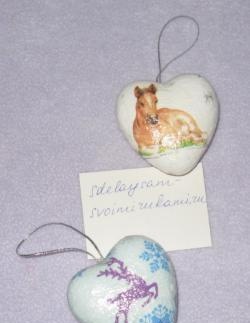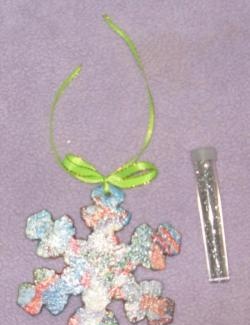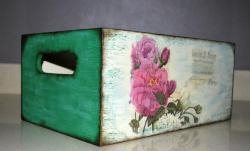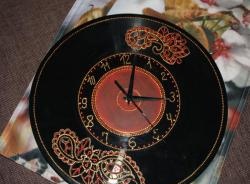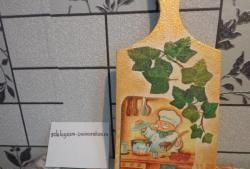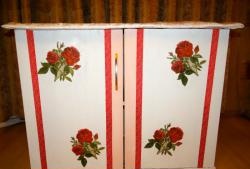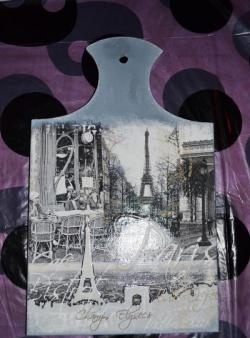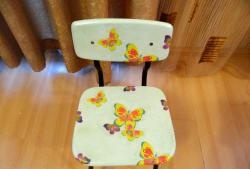Decoupage wall clock
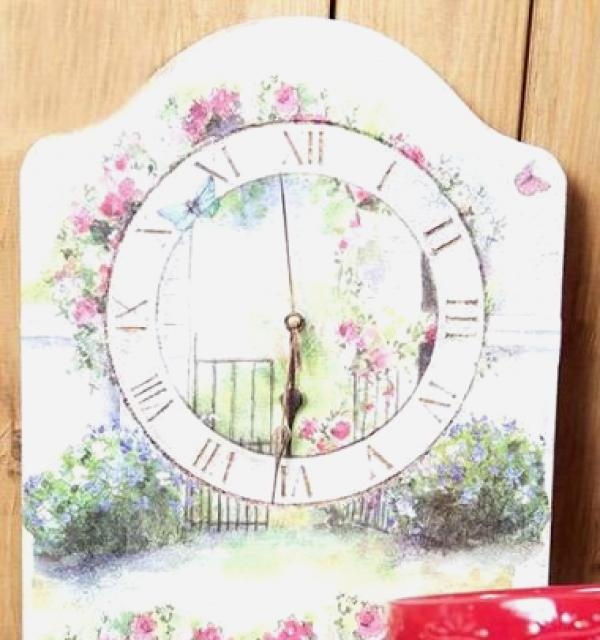
Materials:
Blank in the shape of a Pronty watch
• Stamperia materials: Primer
• Acrylic paint Allegro (6 white)
• Colla Velo decoupage glue
• Rice paper
• Two-step craquelure composition KEOZM
• Purpurin DP04B
• Aerosol varnish KES05
• Finish varnish matte
• Synthetic brushes
• Sponge.
How to decorate a wall clock.
1. Before starting work, remove the clock hands from the Pronty blank. Apply a layer of acrylic Primer from Stamperia to the workpiece.
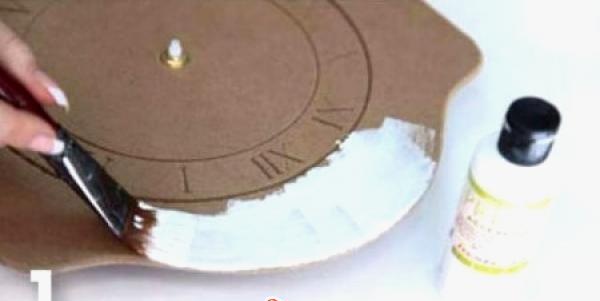
2. Next, apply a layer of white Allegro acrylic paint. It will give our surface greater brightness. Let the paint dry completely.
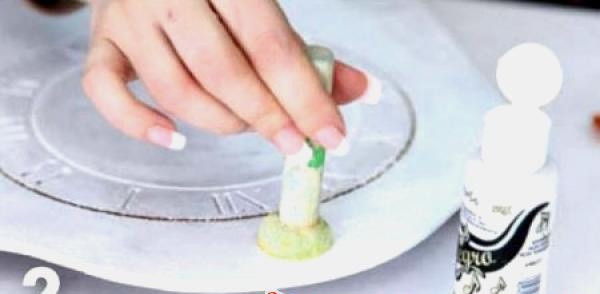
3. Apply a layer of the first step of Crackle Medium from Stamperia. Waiting for it to dry.
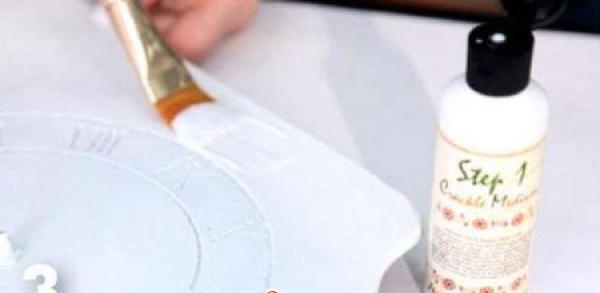
4. After the layer has dried, apply the second step of the craquelure composition. We are waiting for decorative cracks to appear. After the second composition has completely dried, rub dark brown gold powder - purpurin - into the cracks. We also erase the numbers. We use a dry brush for this.
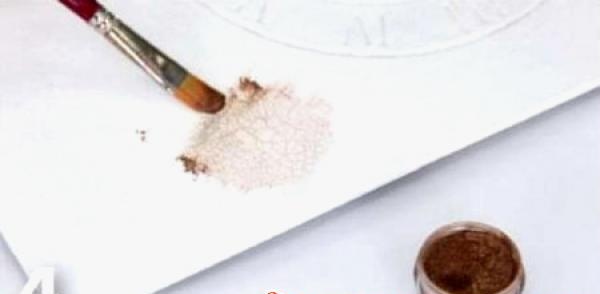
5. Remove excess purpurin from the surface using a damp cloth.
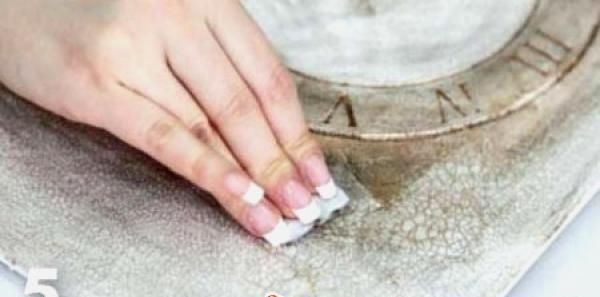
6. Fix the purpurin on the surface with a finishing varnish in an aerosol.Let it dry.
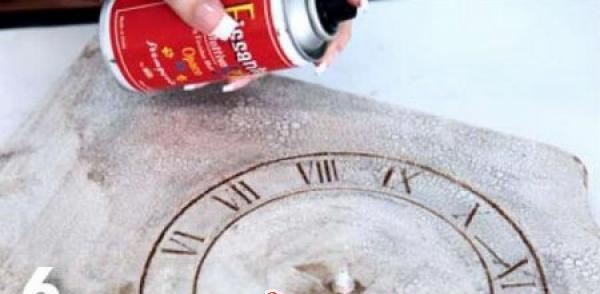
7. Take pre-prepared rice paper for decoupage and apply it to the clock, choosing the best composition. We carefully tear off the excess paper with our hands. Cut out the middle for the dial.
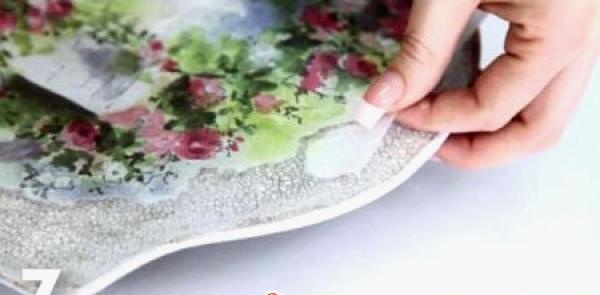
8. Apply Colla Velo decoupage glue to the surface of the watch. Place rice paper on top. Gently press it and also apply a layer of glue on top. To do this, we use a flat synthetic brush, stroking the paper from the center to the edges, smoothing out wrinkles and expelling air bubbles.
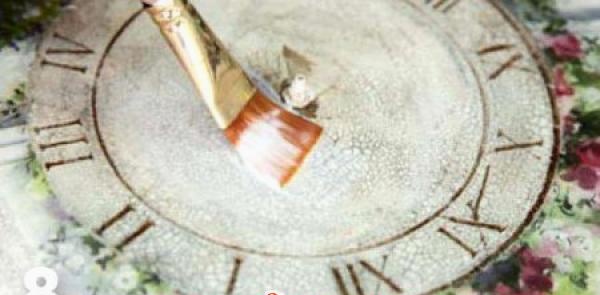
9. We also glue a piece of rice paper into the center of the clock so as not to disturb the design.
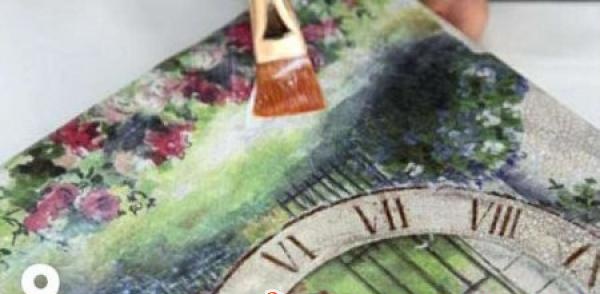
10. In order to protect the surface from dust and moisture, it is necessary to apply a finishing varnish. We use Stamperia's Vernice Protettiva matte finish varnish. We apply several layers with intermediate drying of each. If desired, the surface can be sanded with fine-grit sandpaper before applying the second coat of varnish. We insert the arrows, which we previously slightly tinted. Ready!
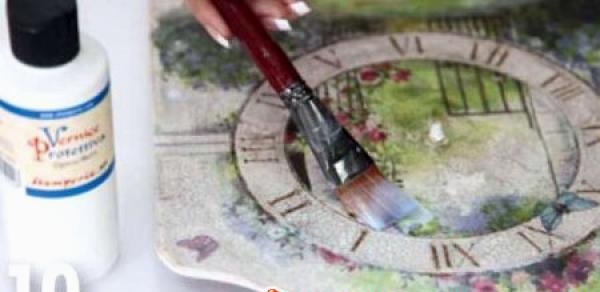
Similar master classes
Particularly interesting
Comments (0)


